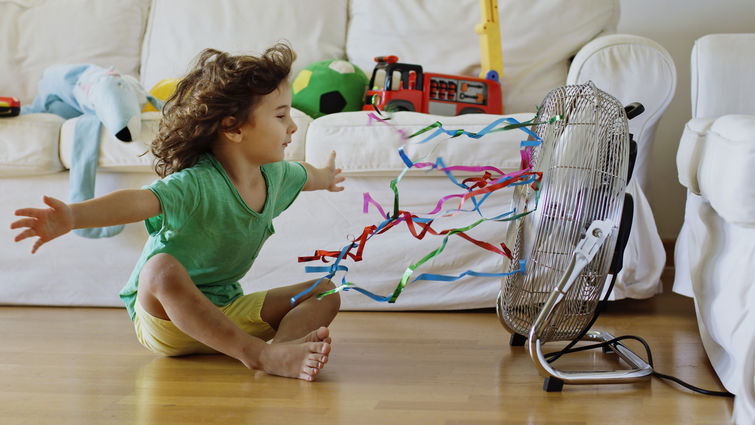

Spending time outdoors has numerous benefits, ranging from increased physical fitness and vitamin D absorption to enhanced mental well-being and improved cognitive function. But, as the summer heat intensifies over the coming months, it’s essential for parents with young children to strike a balance between outdoor activities and taking necessary precautions to ensure the well-being of their kids. Rising temperatures pose various health risks, including dehydration, heat exhaustion, and heatstroke, particularly for infants and toddlers.
To help parents navigate the hot summer months with peace of mind, Chad Vercio, MD, Division Chief of General Pediatrics at Loma Linda University Health has some essential tips to protect children from the heat.
Never Leave Children Unattended in Vehicles
One of the most critical safety measures is to never leave children alone in parked vehicles, even for a brief period. The temperature inside a car can escalate rapidly, reaching life-threatening levels within minutes. Always double-check the backseat before locking the vehicle.
Hydration is Key
Maintaining proper hydration is vital during the hot summer months. Encourage your child to drink ample water throughout the day.
Strategically Plan Outdoor Activities
Plan outdoor activities by scheduling them during cooler times of the day, such as early mornings or late afternoons. Look for shaded areas, such as parks with ample trees, or create shade using umbrellas to shield your child from direct sunlight.
Dress for the Heat
Choose lightweight, loose-fitting clothing made of breathable fabrics like cotton to help your child stay cool. Light-colored attire that reflects sunlight is preferable over dark colors that absorb heat. Remember to apply sunscreen with a high SPF and reapply, especially after swimming or sweating.
Seek Cool, Air-Conditioned Spaces
During extreme heat waves, seek refuge indoors in air-conditioned spaces. If your home lacks air conditioning, consider spending time in public spaces like libraries, shopping centers, or community centers that provide cooling options.
Watch out for Hot Surfaces
Beware of hot surfaces such as playgrounds, cars, and outdoor equipment. Prevent your child from walking barefoot on scorching surfaces, and ensure they wear appropriate footwear for protection. Always test the temperature of playground equipment before allowing them to play on it.
Recognize the Symptoms
Familiarize yourself with the signs of heat-related illnesses, including heat exhaustion and heatstroke. Symptoms may include fatigue, dizziness, headache, rapid heartbeat, flushed skin, nausea, and confusion. If your child displays any of these signs, immediately move them to a cool area, offer fluids, and seek medical assistance if necessary.
To learn more about heat safety, talk to a pediatrician.


